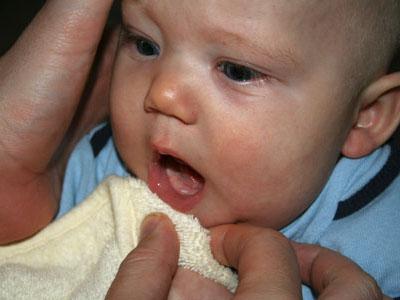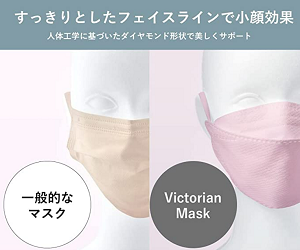Sometimes babies are a bit abnormal and fathers and mothers need to keep an eye on them to decode them. Some are very ordinary, while others talk about complex health issues

Let's learn some common problems in newborn babies
Full stomach
Usually, the baby's belly is often swollen after each full feeding. However, between each feed, the baby's tummy is quite soft. If you notice that your baby's abdomen is slightly swollen and stiff, and your baby hasn't had a bowel movement for a few days or is vomiting a lot , call your doctor. This could be a symptom of flatulence or constipation, but it could also indicate a bowel disease.
Wounded during childbirth
An injury during birth is also a possibility, especially for prolonged, difficult births or large babies. Usually, the baby will quickly recover. However, in some cases the wound will have a lasting effect. One of the most common injuries is a collarbone fracture. This injury will heal after a few weeks with proper care. Muscle weakness is another common injury.
Gray-green skin
When the baby just comes out of the womb, the baby's skin is bluish gray is not a problem. Only if the skin is in a prolonged bluish-gray condition accompanied by difficulty breathing and feeding, the mother should anticipate a possible problem in the heart or lungs. Your baby needs immediate intervention.
The baby has a cough
If your baby drinks too quickly or tries to drink water for the first time, coughing is inevitable. But these coughs will stop when your baby adjusts to eating habits. Prolonged cough may be caused by too much breast milk. If your baby often chokes or coughs, the mother should seek medical advice. Maybe the baby's lungs and digestive system are having problems.

Your baby has a cough and what you need to know When a baby has a cough, there is no doubt that the mother will have the intention of finding some special medicine to ease and stop the coughing for the baby. However, it's not a good idea to give your child lots of antibiotics from a young age. You can help keep your baby from coughing with simple, inexpensive ingredients that are easy to find in your home.
Cry too much
Of course, every infant cries a lot. If your baby is full, wear clean and dry clothes and still can't stop crying, the mother should gently hug and sing to the baby. If your baby hasn't stopped sobbing, try wrapping him in a towel.
After a while, you will get used to your baby's crying and be able to distinguish between hunger crying, bloating due to bloating ... bear somehow.
The problem is caused by forceps
Forceps are a tool to help bring your baby out in the event of a sudden malfunction during normal delivery. The doctor will use forceps to insert both sides of the baby's head and when the mother pushes, they can easily pull the baby out. Forceps clamp can cause some temporary injuries to the baby such as bruises, scratches ... However, traces of birth with forceps will quickly disappear after a few days. Very few cases of danger occur due to forceps.

Forcep delivery: 4 things the mother needs to know Whether you want it or not, when you have difficulty trying to deliver, the doctor reluctantly has to deliver with forcep delivery to support the baby's birth. What dangers do mom need to know?
Jaundice
Any newborn baby can develop jaundice. However, most of it is physiological jaundice. When the amount of bilirubin in the blood is eliminated, the baby will no longer have jaundice. However, in some cases, high levels of bilirubin can be dangerous for the baby. Babies with jaundice are usually treated with a light.
Lethargy and sleepy
If the baby appears indifferent, not interested in breastfeeding, does not wake up to ask for a breastfeed, or appears tired, the mother should pay special attention. If the situation does not improve, you should take your baby to have a health check right away.
Breathing problems
Within a few hours of birth, your baby will learn to breathe air. It may seem a bit difficult at first, but your baby will get used to it very quickly. If the child is breathing abnormally, it may be due to a foreign object in the airway. Identifiable signs include rapid breathing, chest tightness, a bulging nose, wheezing, sneezing, and pale skin.














